What Mount Does Sony A7s Ii Have?
The Sony a7S II is an incredibly popular camera with videographers and photographers alike, particularly for its robust low-light capabilities and versatility. One of the most common questions that arise from potential users is about the type of mount the camera has. The understanding of the mount type is critically important as it directly influences lens compatibility, usability, and the overall flexibility of the camera system.
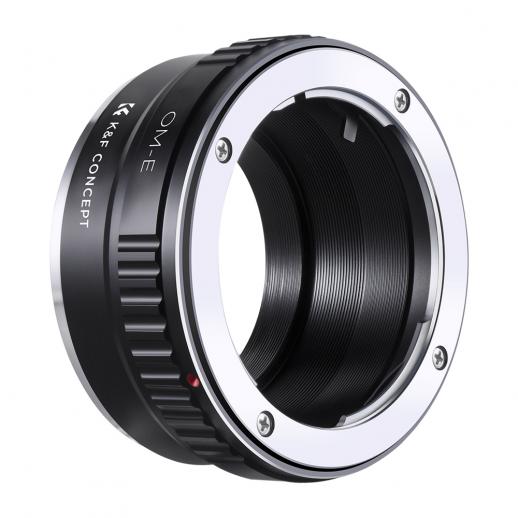
To begin with, the Sony a7S II features a Sony E-mount. This mount is part of the larger family of E-mount systems designed by Sony, widely known for its adaptability and extensive ecosystem. This has essentially made the Sony E-mount one of the most versatile mounts in the market. Initially designed for the NEX line of mirrorless cameras, the E-mount has been successfully expanded to suit the needs of full-frame sensors, providing photographers and videographers a broad array of lenses to choose from, whether native or adapted from other manufacturers.
One of the significant advantages of the E-mount system is its short flange distance. The flange distance (also known as flange focal distance or flange back distance) is the distance between the mounting flange (where the lens attaches to the camera) and the sensor plane of the camera. A shorter flange distance provides more room for adaptability, meaning the E-mount can support a wide variety of lenses from different manufacturers with the appropriate adapters. This makes it an attractive feature for professionals who may already own a selection of lenses they want to use without being restricted to proprietary glass.
For example, professionals who have invested in high-quality Canon EF lenses can use them on the Sony a7S II with an EF to E-mount adapter. Similarly, lenses from Nikon, Leica, and other brands can be adapted, making the a7S II a remarkably flexible tool. This is particularly advantageous for those who do not want to reinvest in an entirely new set of lenses when switching to or adding Sony’s a7S II to their gear lineup. Nonetheless, while adapters do broaden the usage spectrum, they can sometimes introduce issues like slower autofocus and mechanical incompatibilities, although many modern adapters have largely mitigated these concerns.
Another core aspect to consider with the Sony E-mount is the availability of both APS-C lenses (designated E) and full-frame lenses (designated FE). The Sony a7S II, being a full-frame camera, benefits from full utilization of FE lenses, which are designed to cover the larger sensor area. However, it also supports APS-C lenses, albeit with a crop factor, reducing the effective sensor area and potentially affecting the overall image quality and field of view.
When it comes to native lenses, Sony’s range of E-mount lenses features some superb glass, catering to various photographic genres and shooting styles. The renowned G Master (GM) series represents Sony’s professional-grade lenses, delivering superior sharpness, beautiful bokeh, and excellent build quality. Lenses like the Sony 24-70mm f/2.8 GM and the Sony 85mm f/1.4 GM are prime examples of the optical prowess available within the native E-mount ecosystem. Additionally, the Zeiss-branded lenses, developed in collaboration with the famous optics manufacturer, provide high-end options with distinct image characteristics beloved by many photographers and videographers.
Third-party manufacturers have also embraced the Sony E-mount, expanding the options available to users extensively. Companies like Sigma, Tamron, and Samyang have developed a range of E-mount lenses that cater to diverse shooting needs, often at a more affordable cost than the native Sony options. Sigma’s Art series lenses, in particular, are highly revered for their exceptional image quality and fast apertures, providing additional choices for professionals seeking high-performance lenses.
Understanding the mount’s adaptability, the ecosystem, and the available lens options is crucial for potential Sony a7S II users. It’s not just about knowing that the camera uses an E-mount, but recognizing the opportunities and possibilities this system affords. When transitioning to or incorporating the a7S II into a professional workflow, these factors can greatly influence decision-making processes and ultimately impact the creative outcomes the camera can deliver.
Moreover, the connectivity and support for external accessories further enhance the a7S II’s versatility. Mounting options aren’t limited to just lenses; various adapters and mount extensions facilitate attaching additional accessories such as external monitors, recorders, and microphones, elevating the camera’s capability for professional video production.
In conclusion, the Sony a7S II’s E-mount provides a comprehensive and adaptable platform for photographers and videographers, supporting a wide range of lenses and accessories to suit various creative requirements. The flexibility of the mount system, along with its compatibility with both native and third-party lenses, makes the a7S II an excellent choice for professionals who prioritize both performance and versatility. Whether one is stepping into the Sony ecosystem for the first time or integrating the a7S II into an existing multi-brand setup, the E-mount’s expansive adaptability empowers users to achieve their creative visions without significant limitations. This is why the Sony a7S II, coupled with its E-mount system, continues to be a favored tool amongst imaging professionals worldwide.


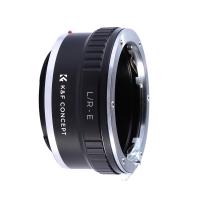

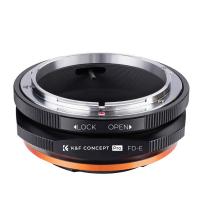
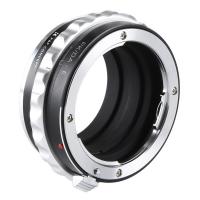
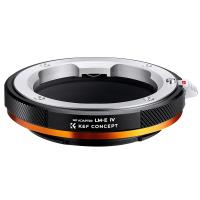
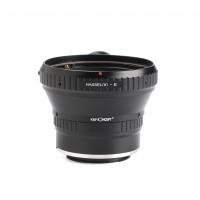


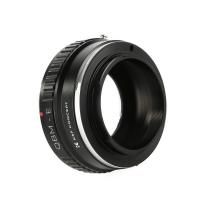
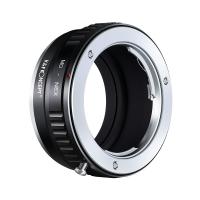
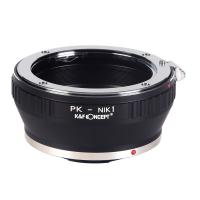


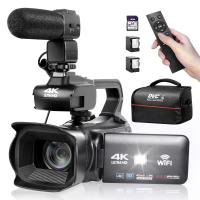





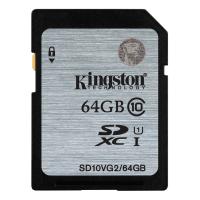

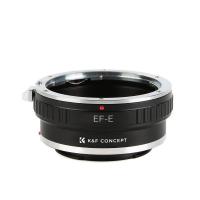
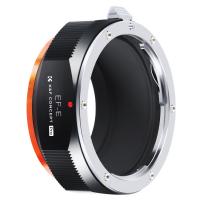
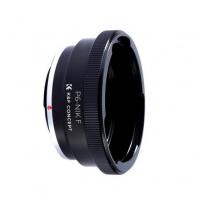

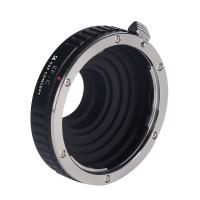
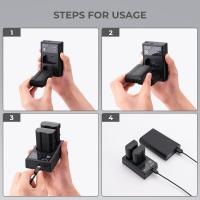
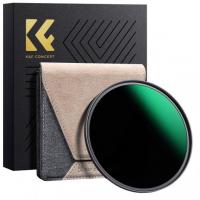

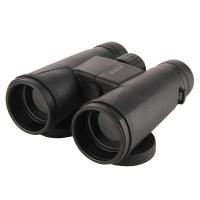

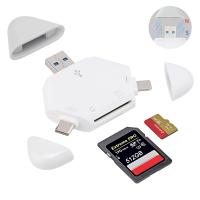
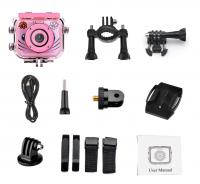


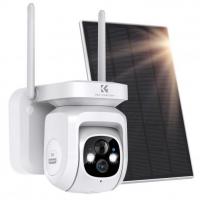
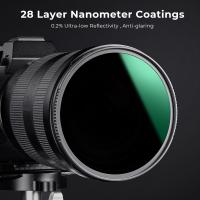


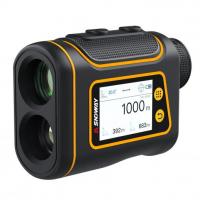
There are no comments for this blog.